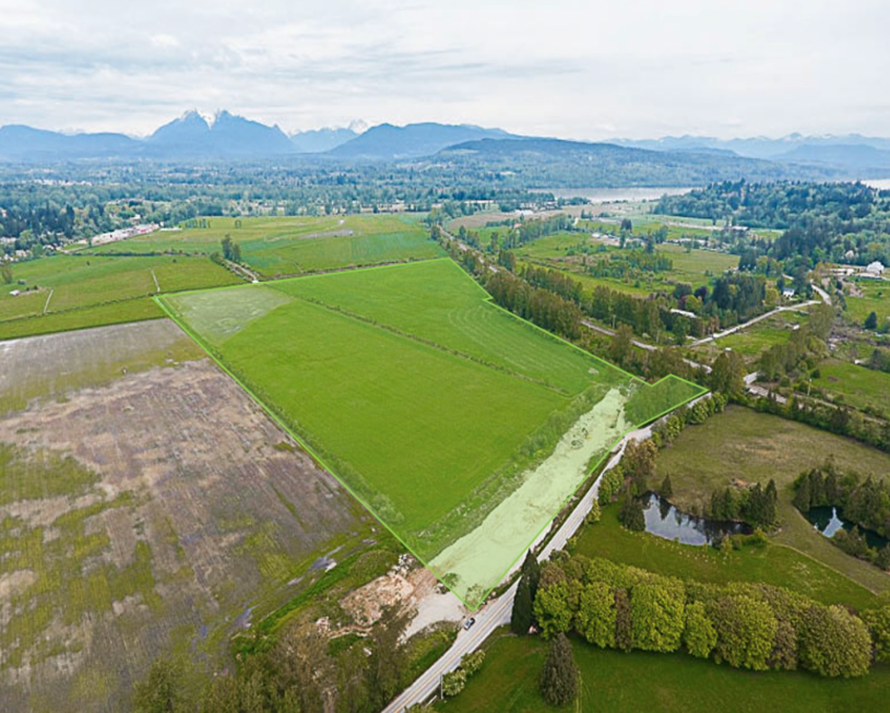This June the B.C. Ministry of Agriculture announced new rules aimed at allowing property owners in the Agricultural Land Reserve (ALR) to erect a second house on their farmland.
There is no requirement that additional residences must be used by the landowner or immediate family members, and could include use as rentals or agri-tourism use.
The changes come into effect on December 31, 2021.
The ALR came into force in the mid-1970s during the reign of NDP premier David Barrett, and includes protection against development of approximately 150,000 acres of farmland in Metro Vancouver and 10 million acres in all of British Columbia.
A 2016 study by Vancouver City Savings Credit Union, however, discovered that only half the Metro Vancouver and Fraser Valley land inside the ALR is actively farmed, and that more than 29,000 acres protected as farmland has “no potential for farming.”
Small Metro Vancouver farmland parcels can sell for $350,000 per acre, the study found. Larger parcels of 40 acres or more can sell for up to $80,000 per acre.
Options for an additional small secondary home have been added to the regulations, allowing farmers and ALR landowners to have both a principal residence and small secondary residence on their property with a streamlined approval process.
Only permissions from local municipality or First Nations government will be required, and there will be no application needed to the Agricultural Land Commission.
The additional residence can be used for housing extended family, agri-tourism accommodation, housing for farm labour or a rental property for supplemental income.
There is also no longer a requirement that additional residences must be used by the landowner or immediate family members.
Examples of flexible housing options permitted under the regulation include, but are not limited to, garden suites, guest houses or carriage suites and accommodation above an existing building, manufactured homes or permitting a principal residence to be constructed in addition to a manufactured home that was formerly a principal residence.
Farming families will continue to be able to apply to the ALC for multiple, larger homes if they are necessary for farming purposes, the government noted.
Rules are already being eased by municipalites.
This summer, Delta city council gave its support for an application to build a third house on a Westham Island farm.
The property contains an existing farm house and a second farm house, both of which are to be retained, and the new 1,767-square-foot house will be for family members working the farm.
Council also gave support for an application to replace an additional farm house at a River Road farm with a new 3,229-square-foot home.
Also located in the ALR, that property owned by the Sahota family is used for blueberry production.
A Delta staff report noted the proposal has demonstrated a net benefit to the farm operation and would have no negative impact on agricultural capacity of the property.
Both those applications were forwarded to the Agricultural Land Commission for approval.



